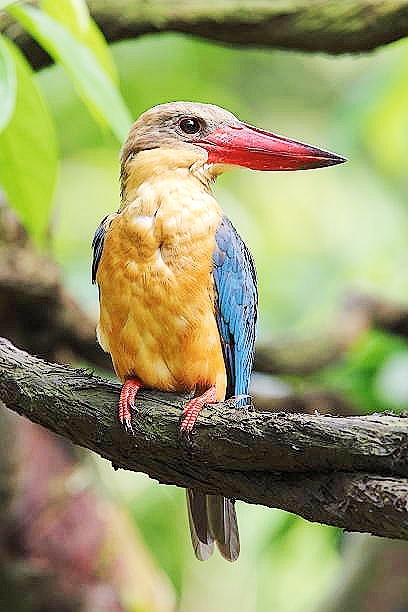|
| 질의: Large blue | 결과: 932번째/1064 | |
Stork-billed kingfisher (Pelargopsis capensis)
| 제목: | Stork-billed kingfisher (Pelargopsis capensis)
| | 올린이: | Shahril (different_world_06@hotmail.com)
| |

| 해상도: 408x612
파일크기: 190169 Bytes
촬영일: 2021:06:18 04:39:43
등록시간: 2021:06:18 13:47:04
|
Compared to other kingfishers, the stork-billed kingfisher is one of the largest species around 35cm in length. They are very colourful and have green feathers on their back, blue wings and tail and a grey head. The bill is very large and bright red. There is no sexual dimorphism (body shape or colour difference between males and females) in this species. |
^o^
동물그림창고 똑똑전화 누리집
^o^
|
|